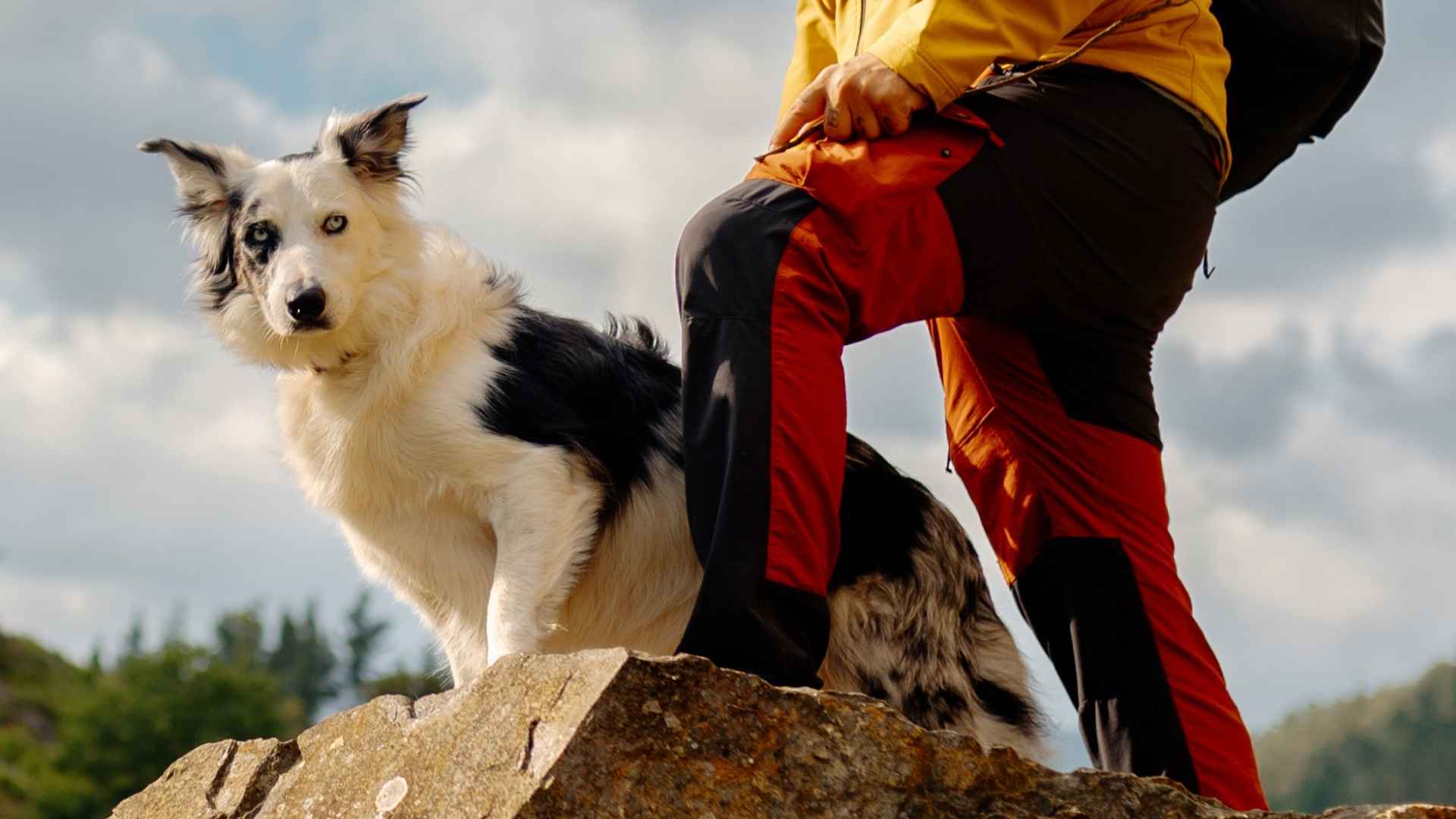Few experiences are as rewarding as hitting the trails with your four-legged companion trotting happily beside you. For outdoor lovers who thrive on exploring rugged terrains, forest paths, and mountainous slopes, having a dog that matches your adventurous spirit makes every hike more memorable. But not all dogs are built for off-leash adventures—some breeds are simply better suited to handle the physical and mental demands of the wild.
Hiking off-leash requires more than just boundless energy. The best trail dogs are those with natural stamina, strong recall, and a keen sense of obedience. These traits are often found in working and hunting breeds, which were originally developed to endure long hours outdoors, follow commands, and navigate unpredictable environments. Unlike more sedentary pets, these dogs are agile, focused, and quick to respond—qualities that are vital when encountering wildlife, other hikers, or unexpected terrain.
In this article, we’ll introduce you to dog breeds that are not only adventurous by nature but also capable of thriving off-leash in the great outdoors. Whether you’re a casual weekend hiker or a seasoned backpacker, these dogs make the ultimate trail companions.
Dog Breeds That Enjoy Hiking Off Leash
1. Australian Cattle Dog
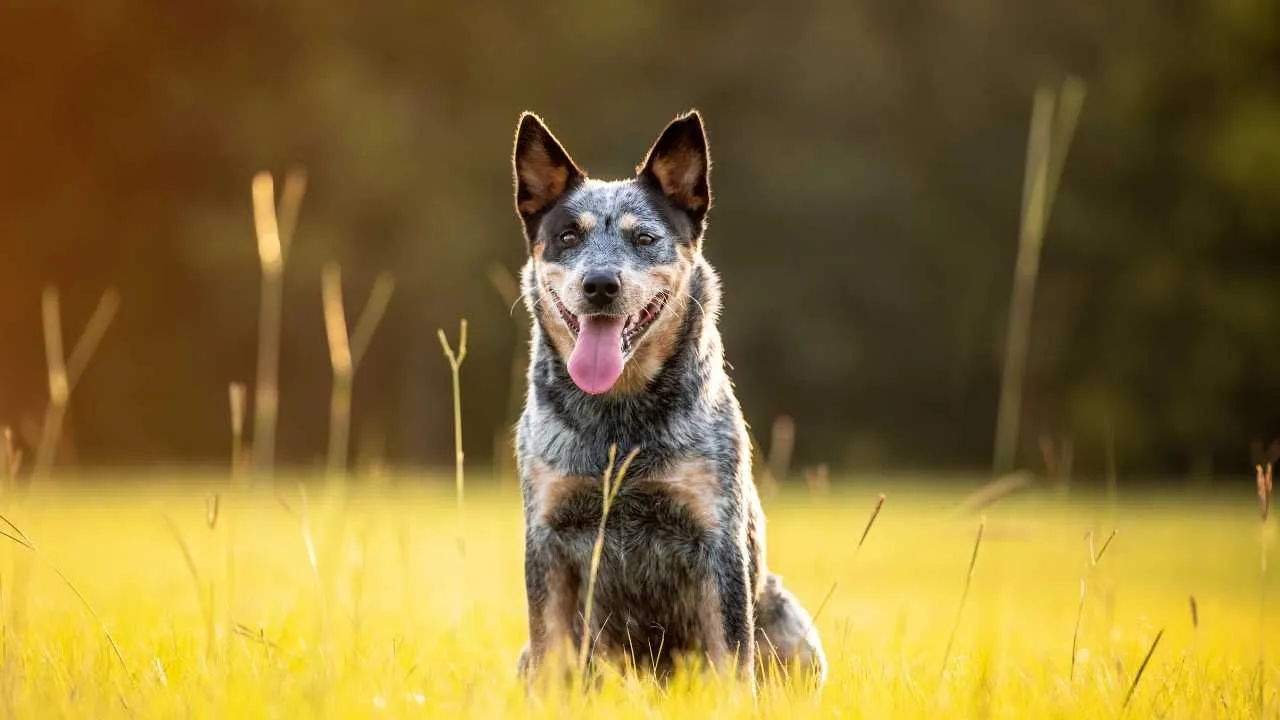
Bred in the harsh outback of Australia, the Australian Cattle Dog is a rugged, energetic breed originally developed for herding cattle across long distances. According to the AKC, the Australian Cattle Dog is known for being loyal, smart, and determined.
Known for their muscular build and tenacious spirit, these dogs are equipped with a short double coat that repels water and protects them in both hot and cold climates. Standing between 17 to 20 inches tall and weighing 35 to 50 pounds, they are compact but powerful, perfectly suited for demanding hikes. They’re not only strong but highly loyal, often nicknamed “shadow dogs” for their intense bond with their humans.

Training
The Australian Cattle Dog thrives on structure and purpose. Early obedience and socialization are critical to ensure they develop into well-mannered adults. Highly intelligent and quick learners, they respond exceptionally well to positive reinforcement methods.
However, they require consistent mental stimulation and do best when engaged in challenging activities like herding trials or agility courses. Without proper training, their herding instincts may become problematic, so regular, purposeful training is a must.
Fun Fact: This herding breed’s stamina and loyalty make them not only great hiking companions but also stars in canine sports like flyball and agility.
2. Border Collie

Originating from the hilly borderlands between Scotland and England, the Border Collie is a medium-sized, athletic dog famed for its speed, agility, and sharp intellect. Bred for herding sheep, it possesses intense focus and extraordinary stamina—traits that make it a natural fit for long off-leash hikes.
With a lean frame standing around 18 to 22 inches tall and weighing between 30 to 55 pounds, the Border Collie is built for endurance and quick decision-making on rugged terrain.
PetMD claims that Border Collies are excellent companions for active individuals and families due to their high energy and intelligence. This breed is responsive in all weather, and its expressive “herding eye” sets it apart in both function and form.
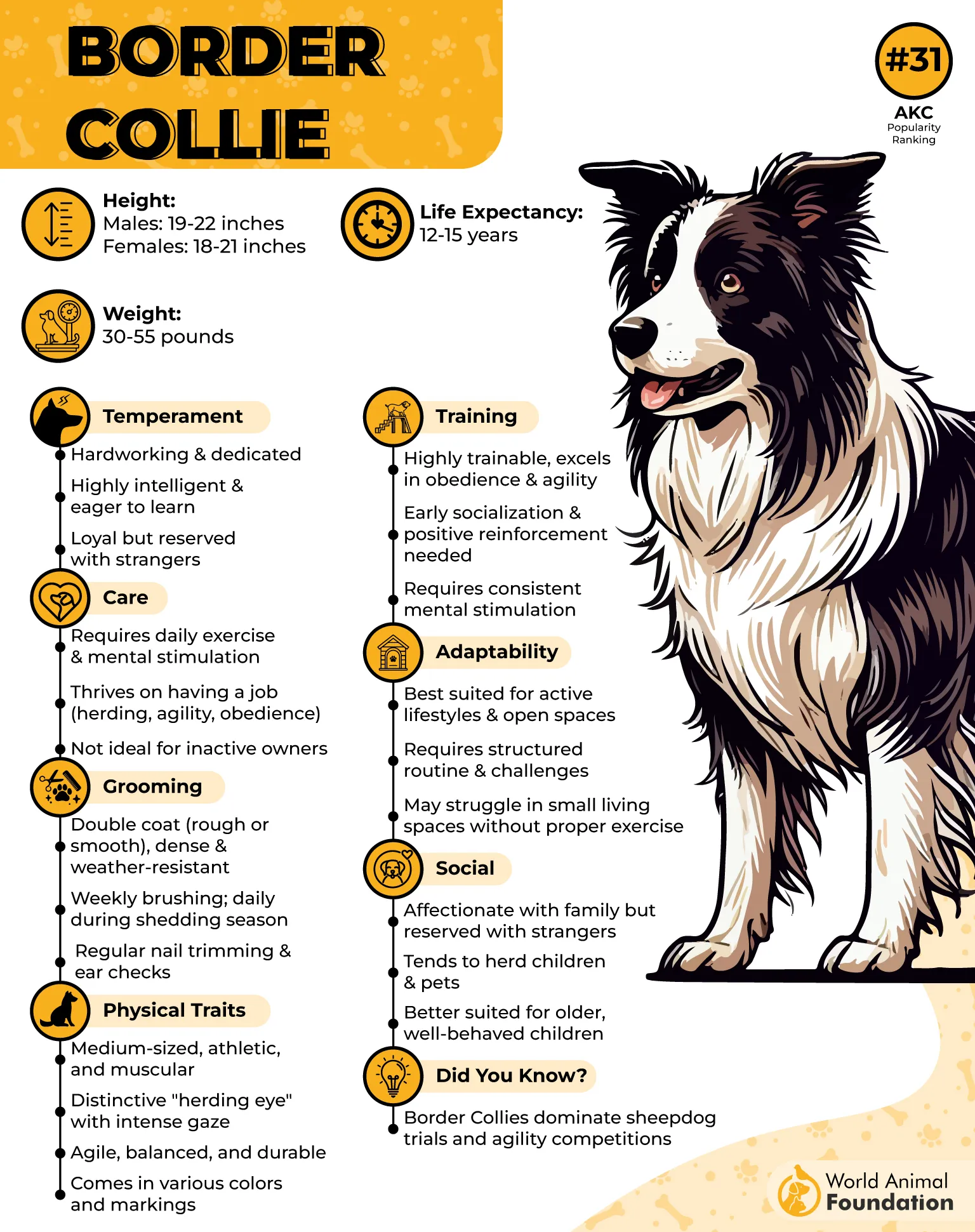
Training
Training a Border Collie is often an enjoyable process thanks to their keen intelligence and eagerness to work. They quickly pick up commands and can learn complex routines with consistency and praise.
However, their mental sharpness means they need regular engagement—boredom can lead to mischief. Border Collies thrive on structured activities like agility, flyball, and off-leash trail drills, making them ideal for hikers who want a responsive and focused companion.
Fun Fact: The Border Collie’s signature “eye” is a hypnotic stare used to control livestock.
3. German Shepherd
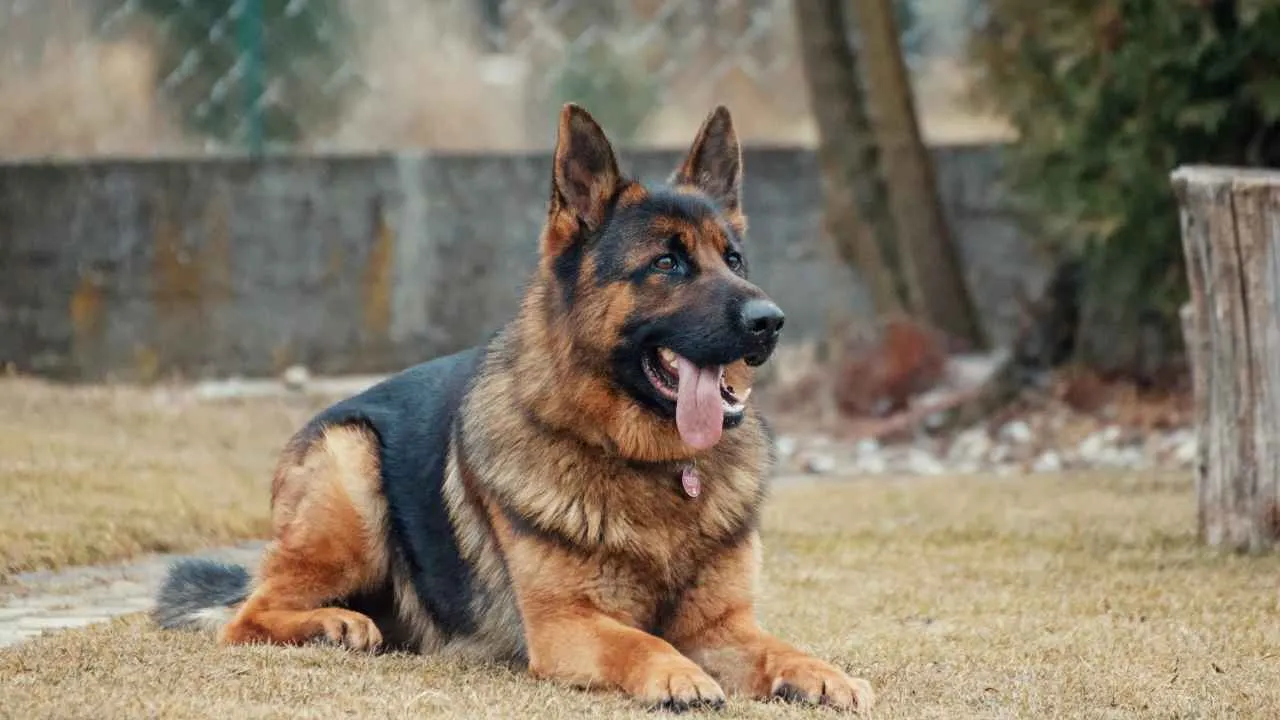
The German Shepherd, or Alsatian, is a breed renowned for its strength, intelligence, and loyalty—traits that make it a top contender for off-leash hiking companions. Originating in Germany as a herding dog, this breed quickly proved its versatility and now excels in roles ranging from search and rescue to police and service work.
With a height of 22 to 26 inches and weighing between 50 to 90 pounds, these dogs are muscular and agile, built to handle rugged trails and demanding terrains.
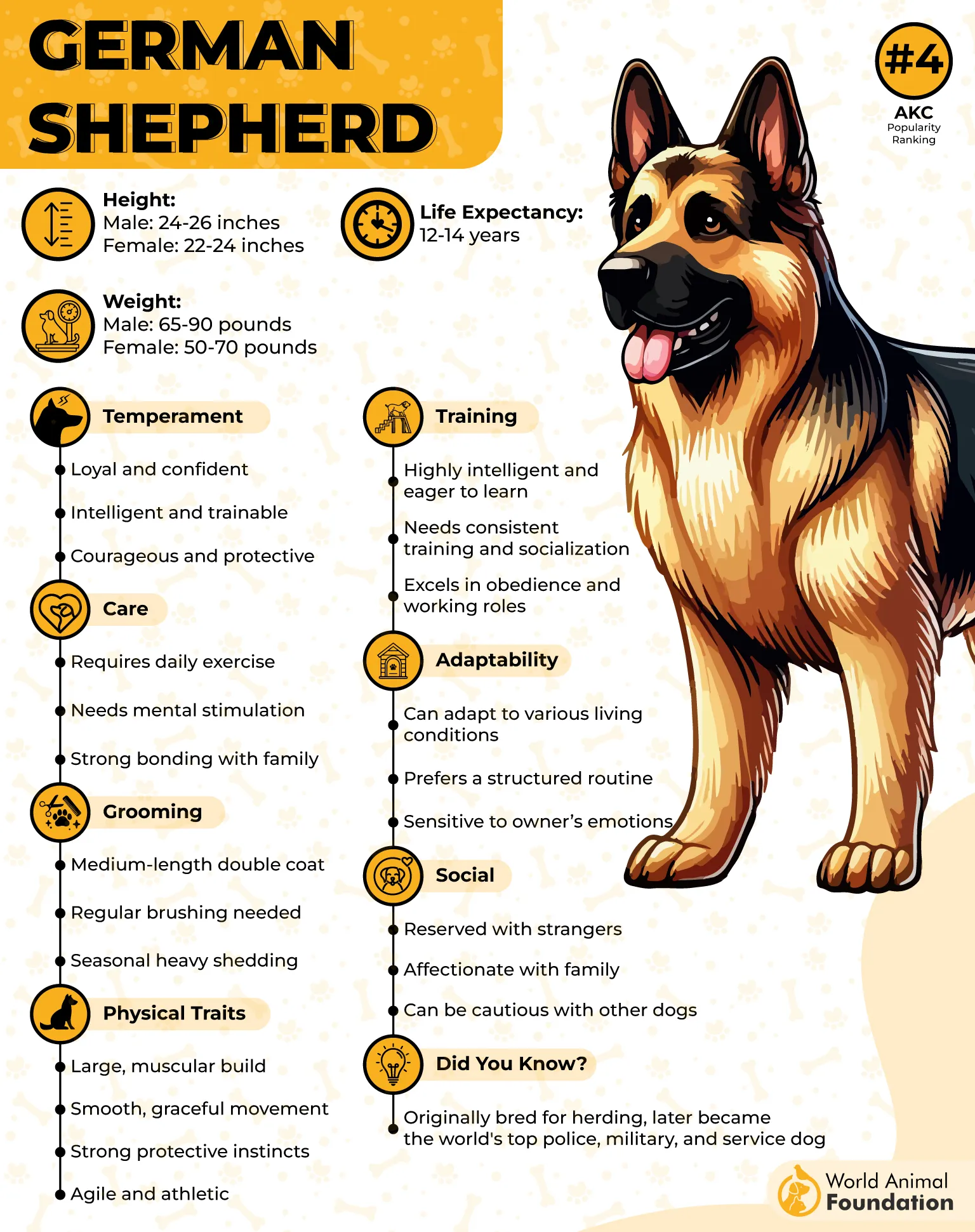
Training
Training a German Shepherd requires a no-fuss, clear-headed approach. These dogs are quick learners who respond well to structured guidance and consistency. They thrive on physical and mental stimulation and benefit from early socialization and firm but positive reinforcement.
When properly trained, they excel in off-leash control, reliably following commands even in high-distraction outdoor environments. Because they are prone to boredom, ongoing engagement is key to avoiding destructive behavior. Britannica notes that German Shepherds are a large, athletic breed that needs regular physical activity to stay healthy and well-balanced.
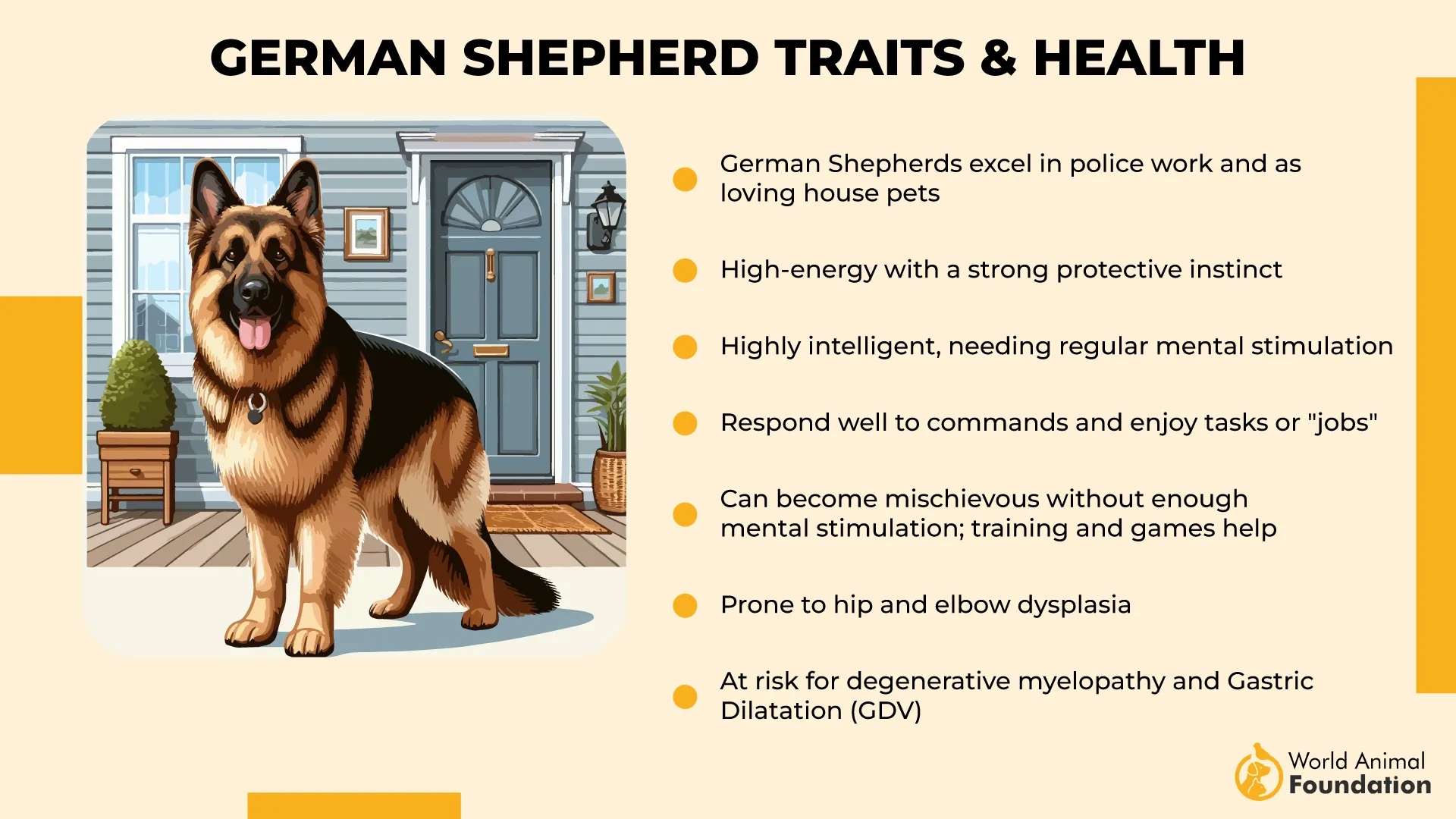
Fun Fact: German Shepherds are so dependable and adaptable that they are frequently chosen for roles in military and law enforcement agencies worldwide.
4. Australian Shepherd
The Australian Shepherd is a lively and intelligent breed known for its stamina, agility, and tireless work ethic. Originally developed in the United States to herd livestock, this medium-sized dog stands about 18 to 23 inches tall and weighs between 40 to 65 pounds.
With striking eyes—often blue or multicolored—and a lush, weather-resistant coat that comes in colors like merle, black, red, and tri-color, Aussies are as eye-catching as they are energetic. Perfect for hikers who crave long, off-leash adventures, the Aussie is happiest when given a task. Their herding instinct means they’re naturally inclined to stay close and alert, making them reliable partners on rugged trails.
Training
Early training is essential for this breed’s success off-leash. Begin with basic commands from puppyhood and reinforce them consistently. Set a routine that includes frequent potty breaks and opportunities for mental engagement. Aussies respond exceptionally well to structured, purpose-driven training, thanks to their intelligence and eagerness to please.
Fun Fact: Australian Shepherds are so agile and focused that they often excel in dog sports like rally, obedience, and agility competitions.
5. German Shorthaired Pointer
With noble looks and an athletic build, the German Shorthaired Pointer (GSP) is a medium-sized, all-purpose hunting dog originally bred in Germany. Males typically stand 23 to 25 inches tall and weigh between 55 and 70 pounds, while females are slightly smaller.
Their short, sleek coats—often in liver or liver-and-white patterns—are low-maintenance and perfect for warmer climates. Known for agility, speed, and stamina, GSPs were developed to track, point, and retrieve game, making them natural off-leash adventurers who thrive in outdoor environments. Their enthusiasm, affectionate nature, and friendly disposition make them ideal companions for hikers and explorers.
Training
These affectionate dogs are highly intelligent and eager to learn, but they can be a handful during their early years. From six months to three years old, they tend to be particularly energetic and may require focused, patient training.
Socialization from an early age is key—introduce them to a variety of people and settings in a calm, non-threatening manner. Allowing the puppy to initiate greetings helps build confidence, especially during potential fear stages. With the right guidance, GSPs become obedient, versatile partners both on and off the trail.
Fun Fact: GSPs are often called “canine triathletes” due to their excellence in hunting, pointing, and retrieving.
6. Golden Retriever
With roots tracing back to 19th-century Scotland, the Golden Retriever was originally bred as a gundog at the Guisachan estate by Lord Tweedmouth. This medium-sized, muscular breed is instantly recognizable for its radiant golden coat, soulful eyes, and friendly demeanor. Goldens typically stand between 21.5 to 24 inches tall and weigh around 55 to 75 pounds.
They are beloved for their versatility, charm, and zest for life. Their joyful, energetic personalities make them ideal off-leash hiking partners—agile, obedient, and always ready for an adventure, whether that’s scaling rocky trails or leaping into a lake for a swim.
Training
These agile dogs are naturally intelligent and eager to please, which makes training a rewarding experience. Early socialization and consistent guidance are crucial, as their friendly nature can sometimes override caution. While often seen as naturally well-behaved, this reputation is built on dedicated training, especially during puppyhood.
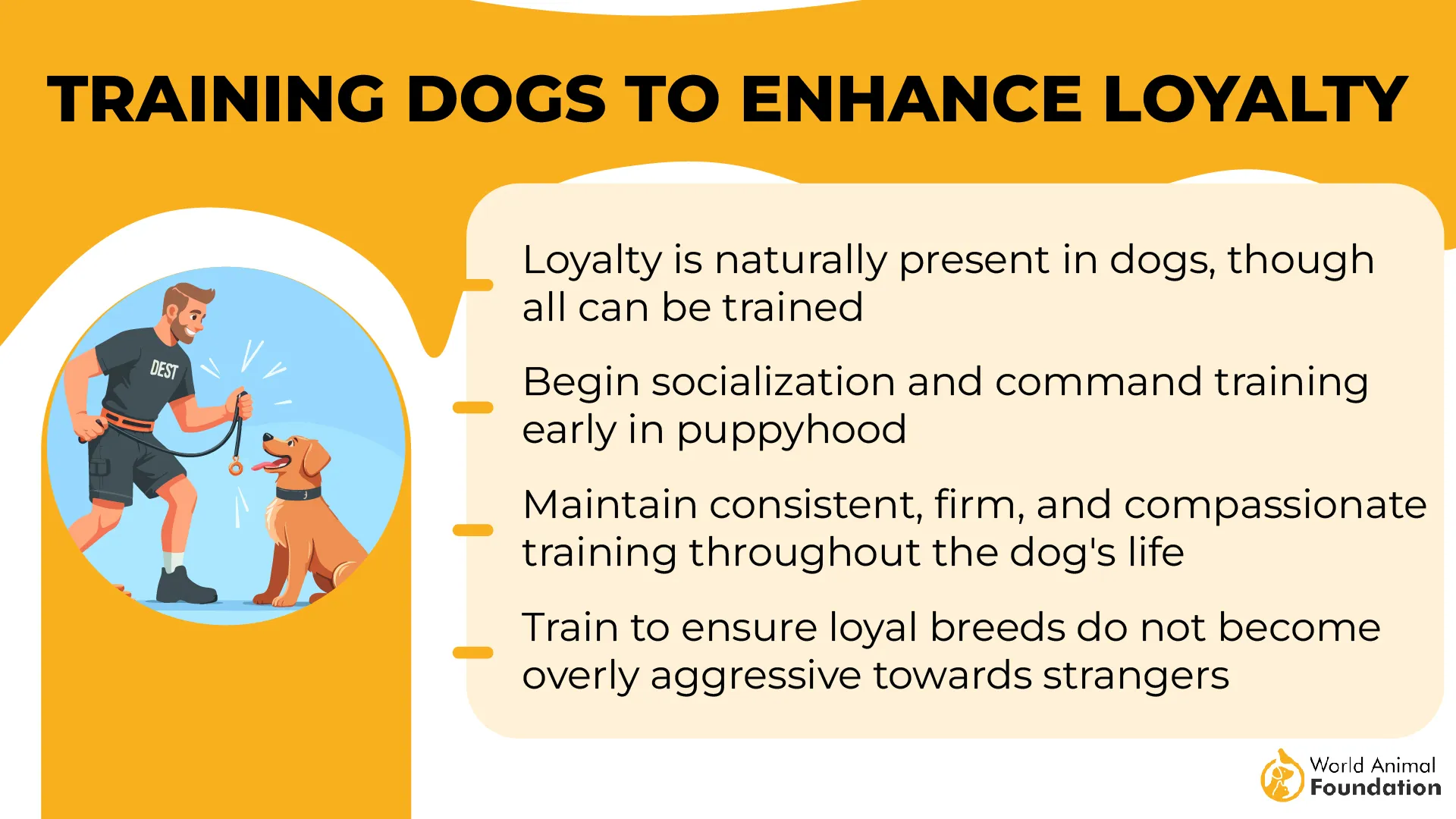
Without structure, their high energy can lead to frustration or unwanted behaviors. They need an active lifestyle. Incorporating mental challenges like scent work or agility courses helps keep them sharp and focused during hiking trails.
Fun Fact: Golden Retrievers are world-class athletes, loyal companions, and even serve in therapy and search-and-rescue roles.
7. Jack Russell Terrier
Don’t be fooled by its small size—the Jack Russell Terrier is an energetic powerhouse built for action. Bred in England in the 19th century to hunt foxes and other vermin, this lively breed typically stands between 10 and 14 inches tall and weighs up to 15 pounds.
With their athletic build, short legs, and coat types ranging from smooth to wire-haired, Jack Russells are ideally suited for off-leash hiking. They’re naturally curious, enjoy exploring, and have the stamina to handle full-day adventures.
Training
Training a Jack Russell requires commitment and consistency. These dogs are highly intelligent and can learn quickly, but their strong will demands firm, positive reinforcement and early socialization. Without sufficient mental and physical stimulation, they may become destructive or defiant.
Teaching recall commands and impulse control is especially crucial for off-leash hikes, given their strong prey drive and urge to chase. Training sessions should be brief but engaging, filled with praise and rewards to keep them focused and responsive.
Fun Fact: Despite their compact size, Jack Russells were bred to go to ground and flush out foxes, showcasing their fearless and adventurous spirit.
Conclusion
Hiking off leash with a dog isn’t just about freedom; it’s about trust, energy, and a shared love for the trail. Breeds like the Jack Russell Terrier prove that size doesn’t limit adventure, especially when matched with proper training and stamina. But they’re not alone. Other dogs, such as the Rat Terrier and Siberian Husky, also thrive in wide-open spaces and enjoy spending time outdoors. These breeds, full of endurance and curiosity, make the perfect hiking partners for nature-loving humans.
If you’re seeking a fun-loving dog that can handle rough terrain, a Labrador Retriever, with its thick double coat and loyal temperament, could be your ideal adventure dog. Whether you’re exploring with a well-trained pup or giving one of many capable rescue dogs a second chance, finding a trail-loving companion can make every outdoor experience richer. From forest paths to mountain climbs, these dogs aren’t just pets, they’re trail-ready partners eager for the next adventure.


